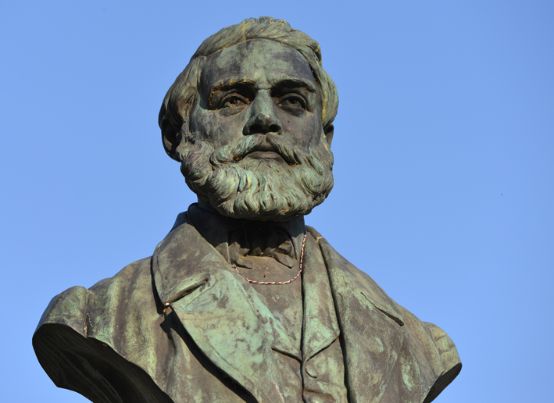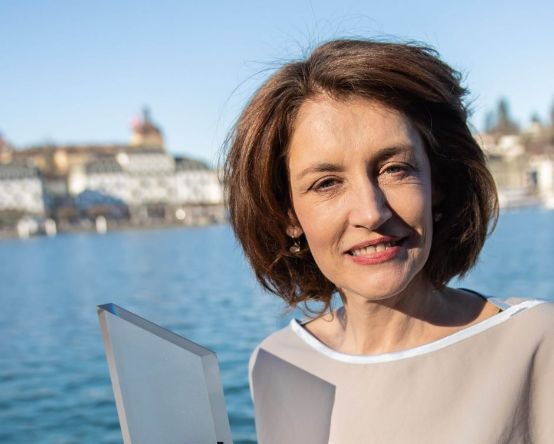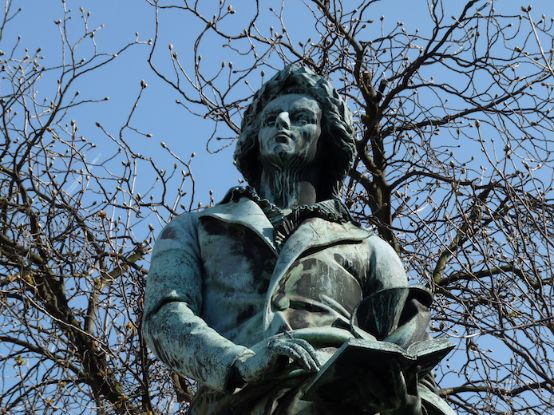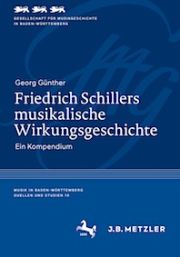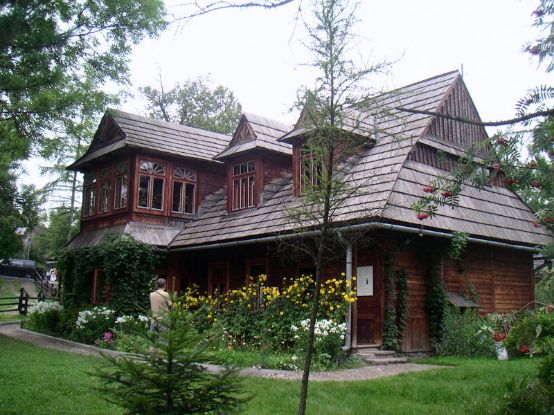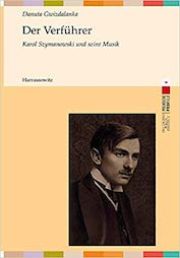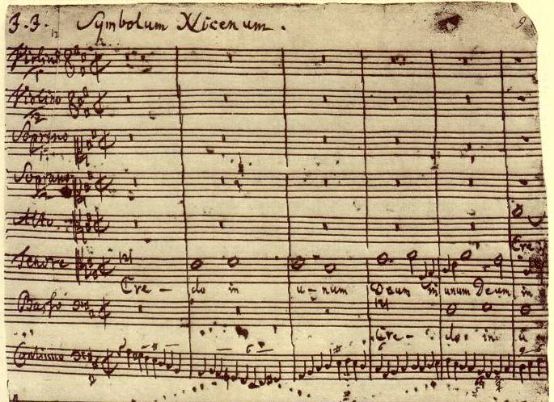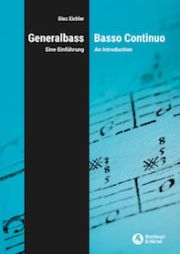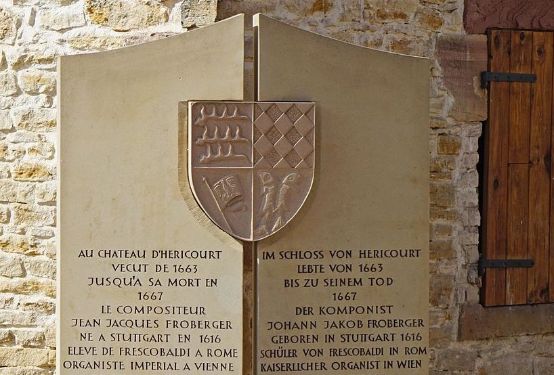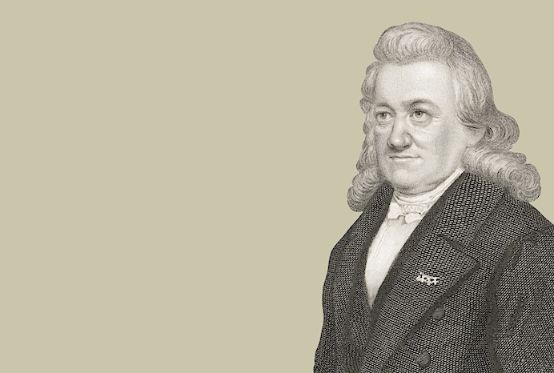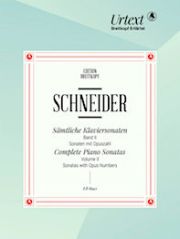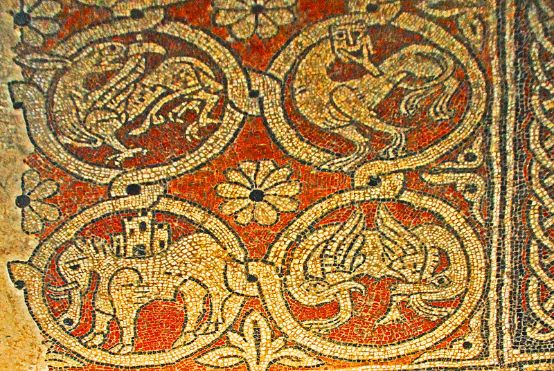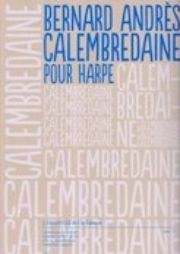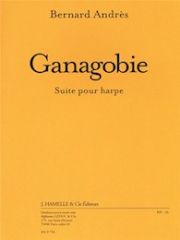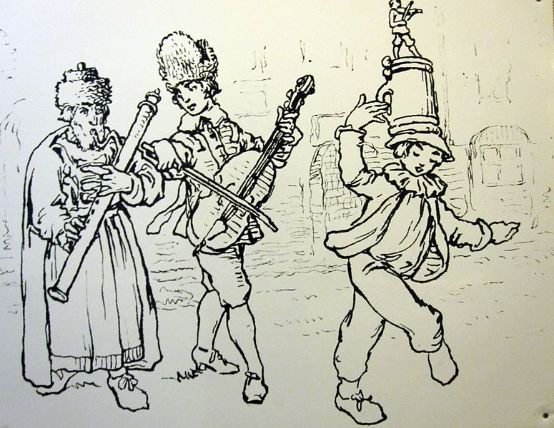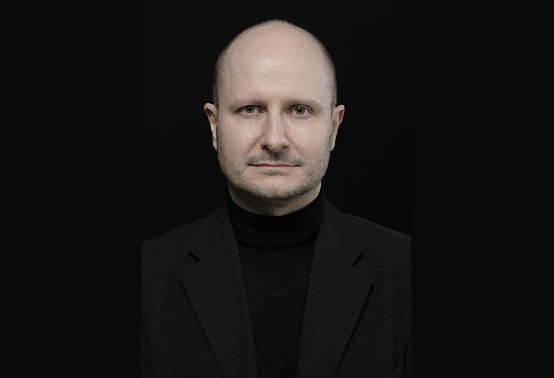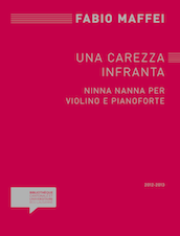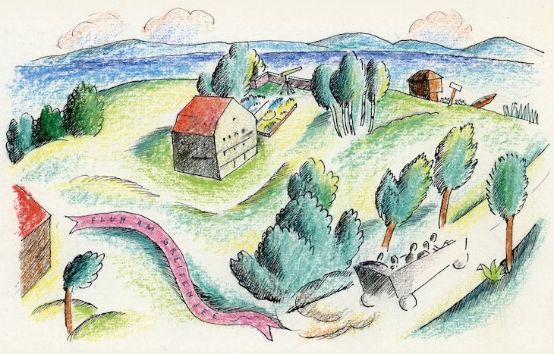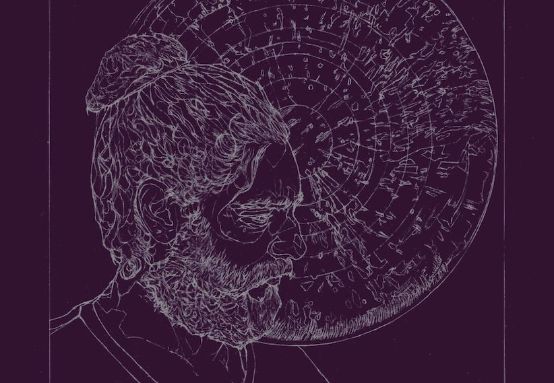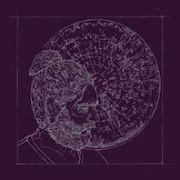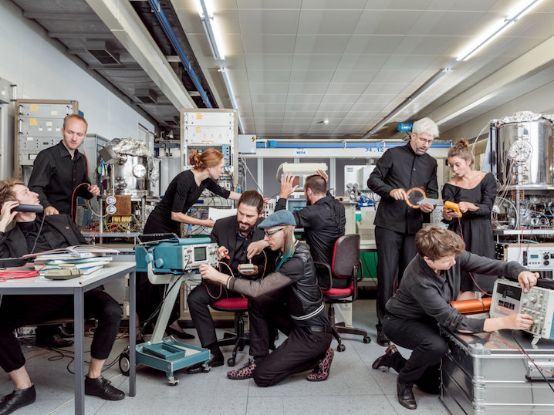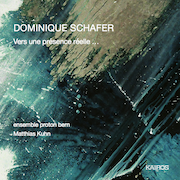In addition to the 500-page index of settings of Alexander Pushkin's texts, which Ernst Stöckl compiled for the publishing house VEB Leipzig in 1974, Georg Günther's compendium of Schiller settings is even more comprehensive with over a thousand pages. In contrast, the list of Goethe settings compiled by Willi Schuh more than 60 years ago is more modest. Nevertheless, Schiller was apparently the most frequently set German poet only in the 19th century. Goethe, Heine, Eichendorff and Rückert later "overtook" him. Even during Schiller's lifetime, however, it was said that he was "a dangerous poet for composers", as he took too many liberties with verse and his poetry appealed too much to the intellect rather than the emotions. Nevertheless, 3053 objects by Schiller are listed which have been combined with sounds in some way.
One might think that festive songs, Schiller cantatas, Schiller marches and festive overtures were also popular in Switzerland during the jubilee years, but the William Tell could be musicalized in various ways. However, the reserved attitude of the Swiss composers is striking: Hans Georg Nägeli is represented with 13 numbers, Lothar Kempter with four settings, Heinrich Sutermeister with a cantata (a composition commissioned by the 1964 Swiss National Exhibition), Hans Huber with a Tell Symphony for large orchestra (1881) and a single song for soprano, piano and horn by Paul Huber (1966). Neither Arthur Honegger, Othmar Schoeck, Peter Mieg, Albert Moeschinger nor Rudolf Kelterborn have worked with Schiller.
While searching for Arthur Honegger's name, however, I came across Otto Jägermeier (1879-1933), who is listed on page 605 with a nice work title: Marie Tell et Guillaume Stuart à Reims. Tragédie à la Potpourri en forme d'une Mélodrame après Frédéric Rellisch. Text adaptation by Joe G. Weth. Declamation with piano accompaniment and three obbligato muted cymbals. It is nice that Jägermeier's name has also found its way into this lexical treatment; he, who first appeared in the Riemann music lexicon in 1972 without ever having existed, and yet can be found in almost all relevant lexicons today! The author of the Schiller Compendium is well aware of all this; he therefore adds extensive information to the title of the work, in which even he can contribute new details, thus extending the game that Herbert Rosendorfer set in motion almost 50 years ago by another round. Incidentally, Otto Jägermeier died in Zurich in 1933 and is buried in Fluntern Cemetery, not far from James Joyce.
One of the discoveries in this book is that Jürg Kienberger's Tell incidental music from 2012 has already been mentioned and that Arnold Schönberg wrote a fantasia on The robbers for large orchestra, but the material has been lost. But the detour via Rossini's Guillaume Tell to the seven alternative titles enforced by the censors: Hofer, the Tell of the Tyrol for London 1830, Andreas Hofer German version for Berlin 1830, Le Governatore Gessler e Guglielmo Tell for Lucca 1831, Karl Smily (Karl the Bold)Russian version for St. Petersburg 1836, Guglielmo Vallace for Milan 1836, Rodolfo di Sterlinga for Rome 1840 and Carlo il Temerario for St. Petersburg in 1847. In addition, the processing of the William Tell by Julius Kapp from 1934 shows the changes that had become necessary "due to current events in Germany" in order to satisfy National Socialist ideology: "I deliberately kept the Swiss local color to a minimum and tried to humanize the struggle for freedom of a people and the fate of its leader in general," Kapp wrote about his adaptation. We also learn from him that massive interventions were made in the music.
The extensive material of over 3000 works by 1700 composers is subdivided in a user-friendly way, with an index and all available publisher's details. The only pity is that the e-book does not include a search function for names and titles; only the individual chapters can be accessed directly.
Georg Günther: Friedrich Schiller's musical history - a compendium,
1070 p., e-book Fr. 114.50, hardcover Fr. 134.00,
Published by J. G. Metzler, Stuttgart 2018,
ISBN 978-3-476-04620-8
